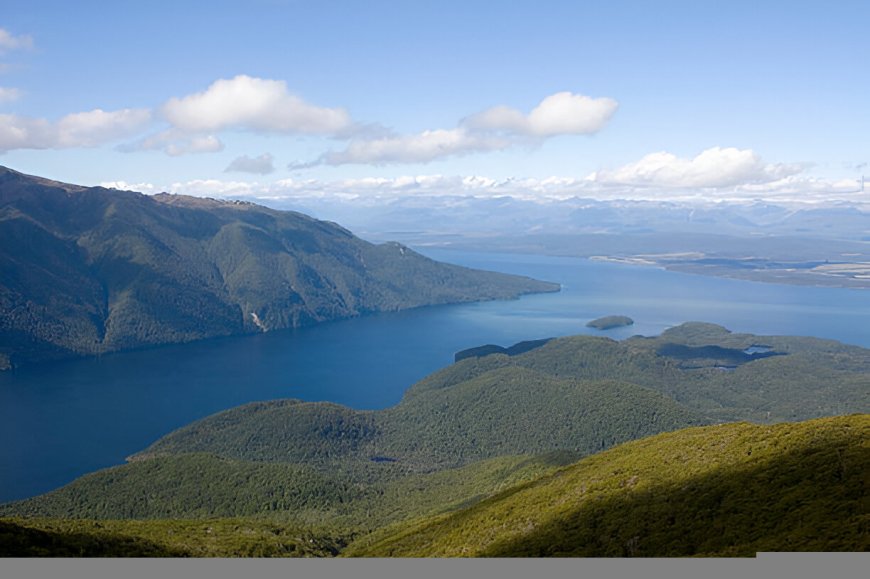Best Times to Visit New Zealand’s Most Beautiful Destinations

Have you ever thought when the perfect time is to explore the stunning landscapes of New Zealand? This breathtaking country is known for its diverse scenery, from lush forests and snow-capped mountains to golden beaches and sparkling lakes. Whether travelers seek outdoor adventures or peaceful getaways, the best time for their visit can make all the difference.
If you notice, the seasons in New Zealand are opposite to those in the Northern Hemisphere, meaning summer arrives when it’s winter elsewhere. For those relying on digital convenience, using an eSIM for New Zealand can make staying connected easy while exploring. But what’s the best time to visit its most beautiful destinations? Let’s break it down by season and region so travelers can plan an unforgettable trip.
Fiordland: Best in Autumn for a Crowd-Free Experience
Fiordland is a dream destination for nature lovers, famous for its deep fjords, cascading waterfalls, and untouched wilderness. While summer (December to February) is the peak travel season, autumn (March to May) offers a quieter and equally stunning experience. The cooler temperatures bring crisp, clear skies, making boat cruises through Milford and Doubtful Sound even more breathtaking.
With fewer crowds, hikers can enjoy the trails in the best way without feeling rushed, and the golden hues of the beech forests create a mesmerizing contrast against the deep blue waters. Wildlife spotting is also ideal in autumn, as seals, dolphins, and penguins can be seen more frequently in the tranquil waters.
Queenstown: Winter Wonderland for Adventure Seekers
For those who love snow-capped mountains and thrilling activities, winter (June to August) is the ultimate time to visit Queenstown. Known as the world's adventure capital, this town has become a winter paradise with ski resorts like Coronet Peak and The Remarkables welcoming travelers from all over. Snowboarding, skiing, and even heli-skiing offer endless excitement for adrenaline junkies.
But it’s not just for adventure lovers—Queenstown in winter also provides cozy lakeside retreats, relaxing hot pools, and scenic gondola rides over snow-covered peaks. Travelers can also indulge in local cuisine and warm drinks at charming cafes while admiring the town’s magical winter glow.
Abel Tasman National Park: Summer Paradise for Beach Lovers
For travelers looking for sunny skies and golden beaches, summer (December to February) is the best time to visit Abel Tasman National Park. Located at the top of the South Island, this coastal paradise is perfect for kayaking, hiking, and swimming. The Abel Tasman Coast Track offers stunning views of turquoise waters, lush forests, and hidden coves.
The warm summer weather makes boat cruises and water taxis the perfect way to explore the park’s beauty. With longer daylight hours, visitors can relax on sandy shores, snorkel in crystal-clear waters, or explore nearby islands. Summer is also when marine life, such as seals and dolphins, is most active, adding an extra thrill to any trip.
Rotorua: Spring’s Ideal Season for Hot Springs and Culture
Spring (September to November) is a fantastic time to visit Rotorua, a city famous for its geothermal activity, bubbling mud pools, and rich Māori culture. As flowers bloom and temperatures rise, outdoor attractions become even more inviting; it makes everyone feel so good. The natural hot springs in Rotorua are best enjoyed in the mild spring weather, offering relaxation and wellness benefits.
Travelers can also explore geothermal parks like Wai-O-Tapu, where vibrant hot pools and geysers create a unique landscape. This season is also great for cultural experiences, as many local events and festivals take place, giving visitors a chance to learn more about the traditions and history of the region.
Mount Cook: A Year-Round Wonder for Stargazers
No matter the time of year, Mount Cook is a must-visit destination for those who love dramatic alpine scenery and breathtaking night skies. During summer, hikers can take on the Hooker Valley Track, a scenic trail that winds through glaciers, suspension bridges, and stunning mountain views. The landscape transforms into a snow-covered wonderland in winter, attracting photographers and climbers.
But one of the most magical experiences at Mount Cook is stargazing. As part of the Aoraki Mackenzie International Dark Sky Reserve, this region offers some of the clearest views of the Milky Way, making it a dream location for astronomy enthusiasts. Whether visiting in warm or cold months, the beauty of Mount Cook never disappoints.
Final Thoughts
Choosing the best time to visit New Zealand depends on the experience travelers seek. Whether it’s the warm beaches of Abel Tasman in summer, the peaceful fjords in autumn, the snowy peaks of Queenstown in winter, or the geothermal wonders of Rotorua in spring, every season offers something unique.
For those exploring multiple regions, staying connected is essential, and using an eSIM for New Zealand ensures smooth navigation and easy access to travel information. By planning according to the seasons, travelers can enjoy New Zealand’s beauty at its finest and create unforgettable memories.







